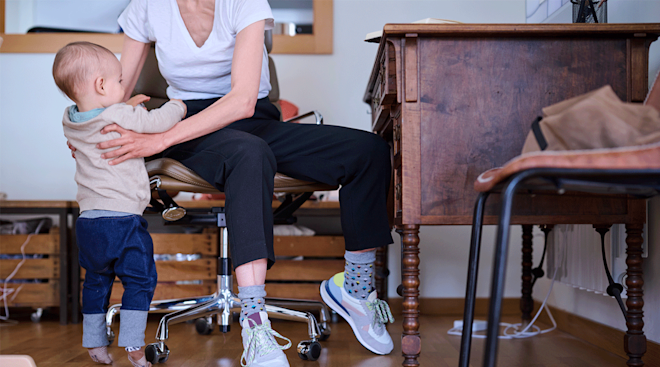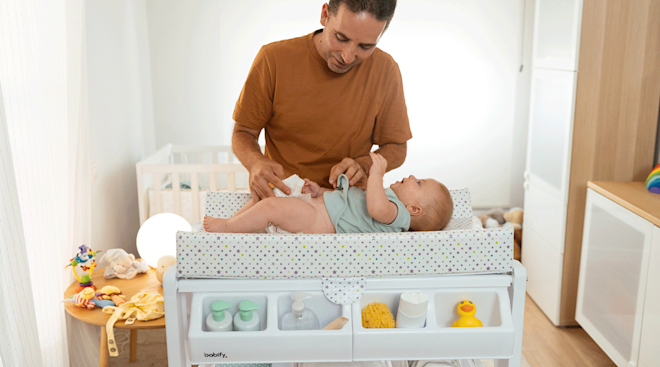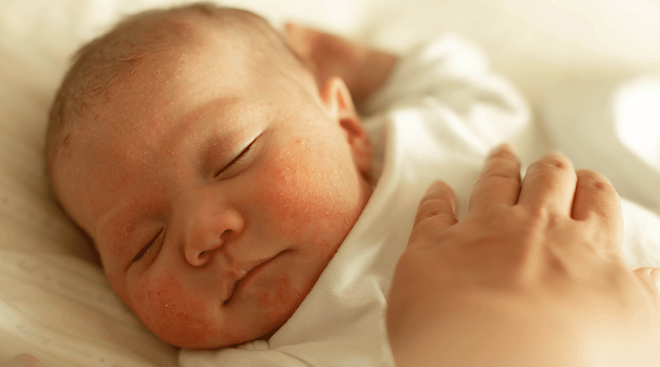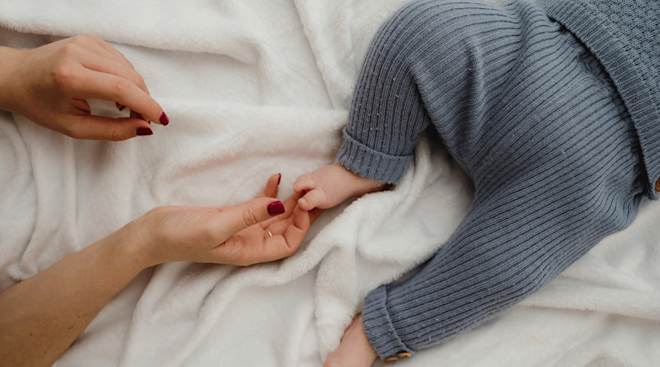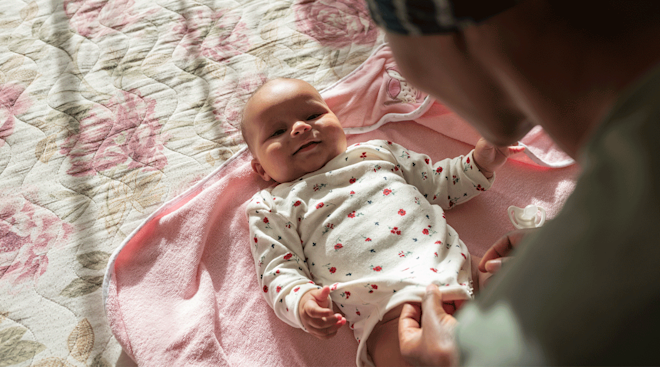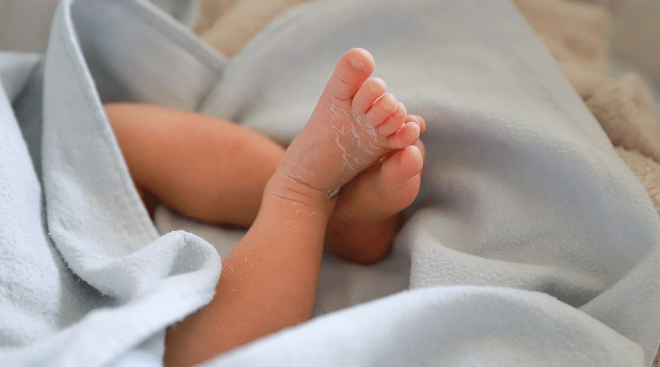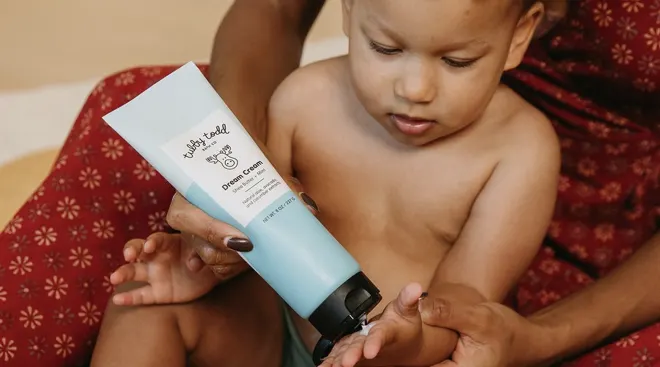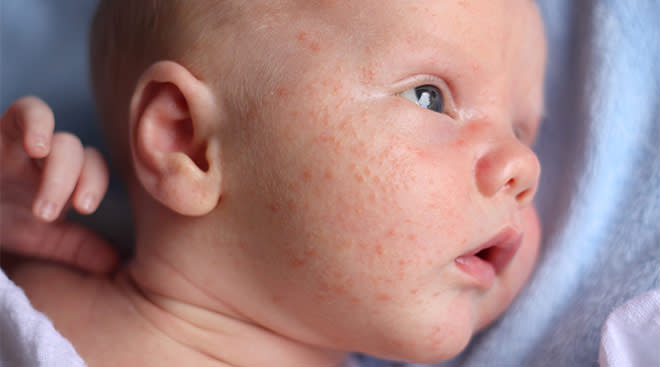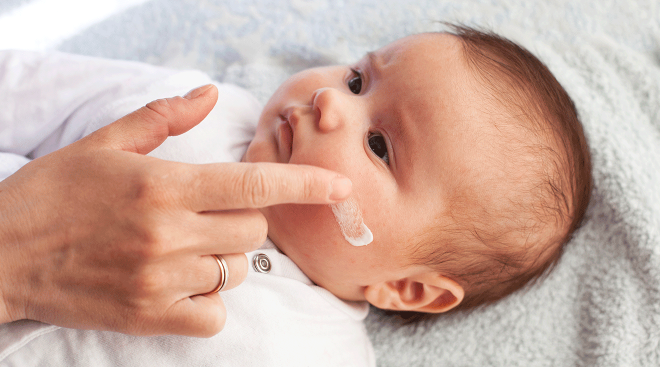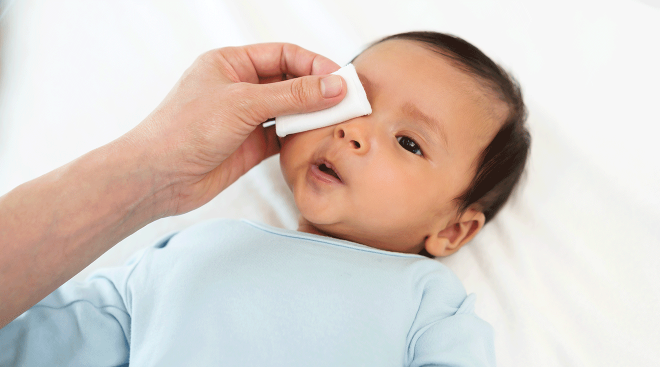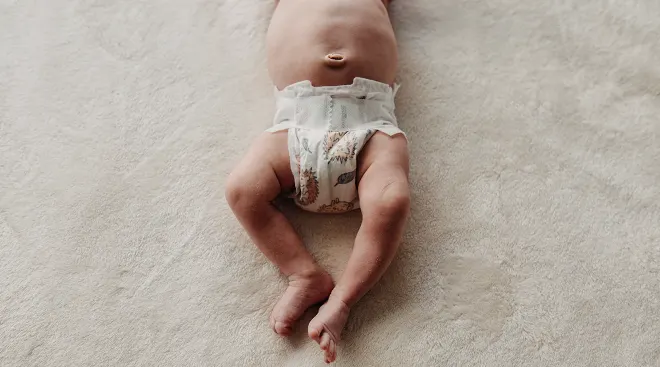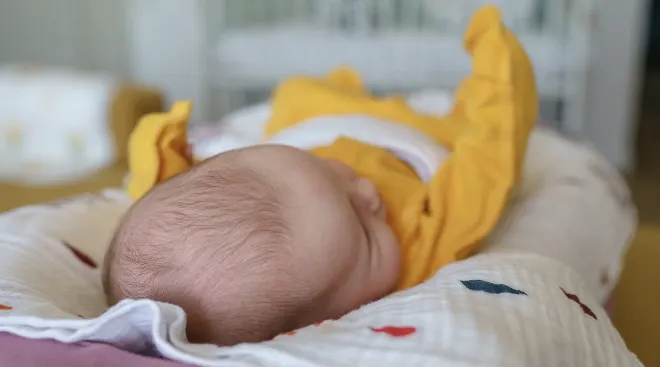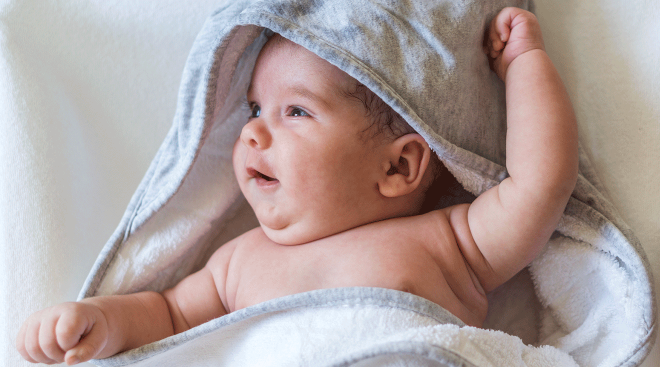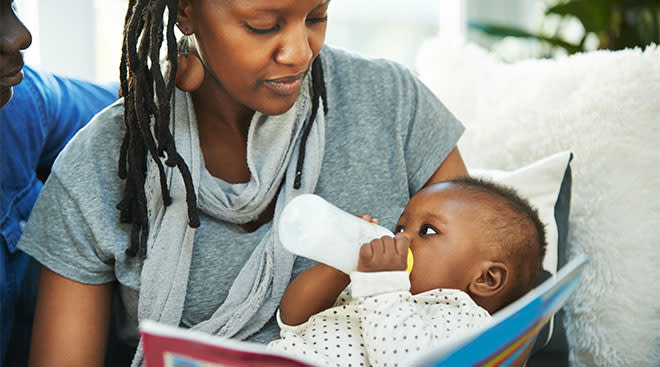Why Does Baby Have Undescended Testicles?
Yes, it’s fairly common for boys to be born with undescended testicles, especially if the baby is premature. Testicles usually descend into the scrotum at seven to eight months’ gestation, so 30 percent of premature baby boys have an undescended testicle. Also, 4 percent of babies who were born at full-term have one. The majority of these descend in the first three months of life, so by six months of age, only about 0.8 percent of baby boys will still have undescended testicles. If the testicle has been found in the scrotum during an examination, it’s considered descended, even if it’s not always visible.
If you suspect that baby has an undescended testicle, know that he might actually have a different condition, called retractile testes, in which baby’s doctor can’t find the testicles because of a muscle reflex. In that case, the testicles are in the scrotum but sometimes temporarily retract into the groin. This condition isn’t a big worry because the testicles will finally go down to where they should be at puberty, and surgery isn’t needed at all. In some cases, baby might not even have a testicle at all, which is often a congenital problem.
If a testicle can’t be felt during a physical exam, your pediatrician may decide to perform an ultrasound, CT scan or MRI to evaluate the testes. If it’s found that baby’s testicles haven’t descended by the time he’s nine months old, the doctor may suggest a surgery called orchiopexy. During this procedure, baby’s testicle is brought down into the scrotum. It’s typically performed on an outpatient basis, and the success rate is 98 percent. An undescended testicle should be treated surgically by the time baby’s 9 to 15 months old. That’s because correcting the problem can prevent permanent damage to the testicles resulting from the high temperature of the rest of the body, which can stop the normal development of the testicle, impair sperm in the future and possibly lead to infertility. Undescended testicles are more likely to form a tumor than normally descended testicles. Also, they may be more prone to injury and hernias.
If a baby boy has had an undescended testicle, it’s recommended that you have the doctor check it by the time he’s six to nine months old, and follow up with an urologist regularly as your child grows older.
Plus, more from The Bump:
Please note: The Bump and the materials and information it contains are not intended to, and do not constitute, medical or other health advice or diagnosis and should not be used as such. You should always consult with a qualified physician or health professional about your specific circumstances.
Navigate forward to interact with the calendar and select a date. Press the question mark key to get the keyboard shortcuts for changing dates.



































